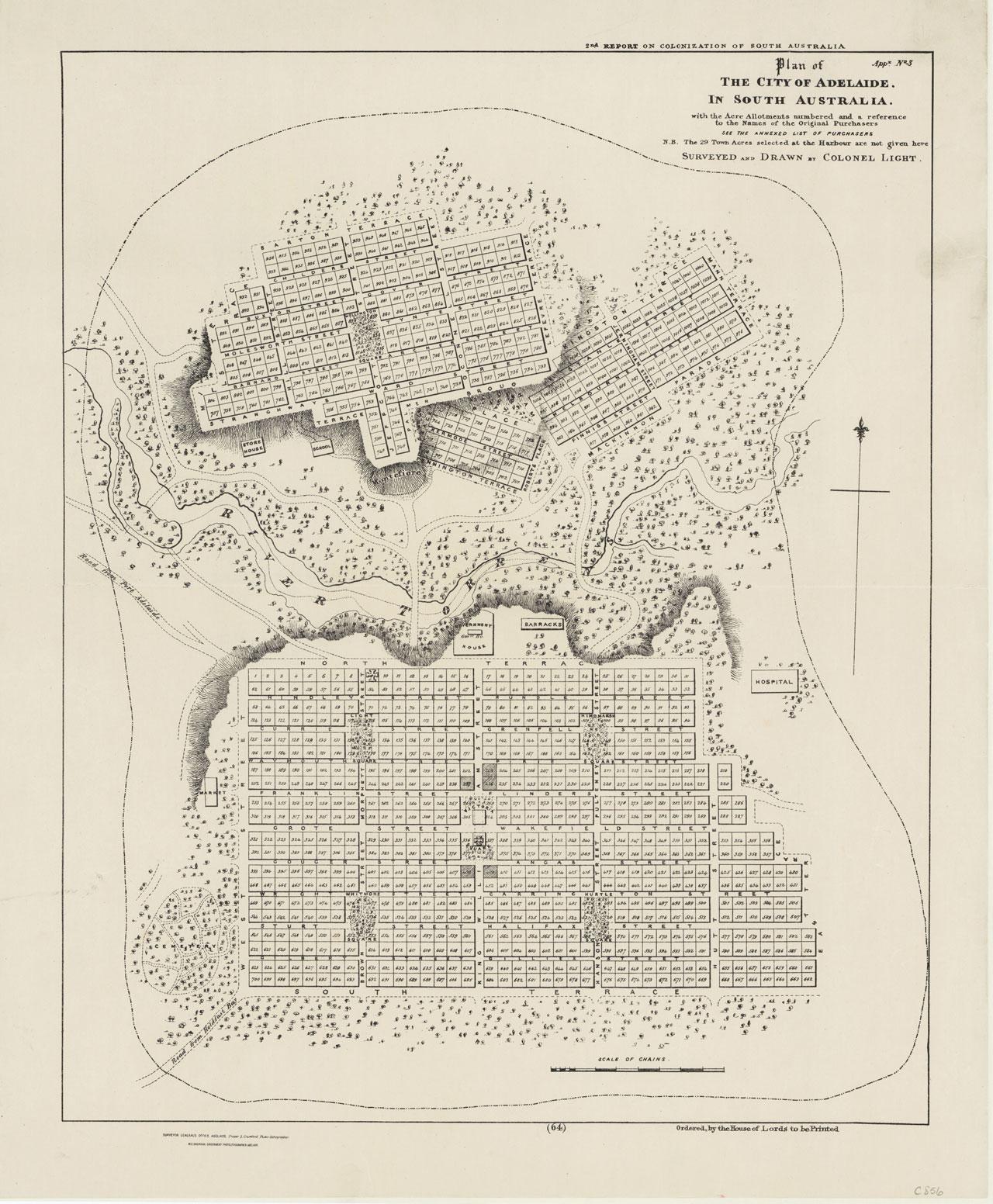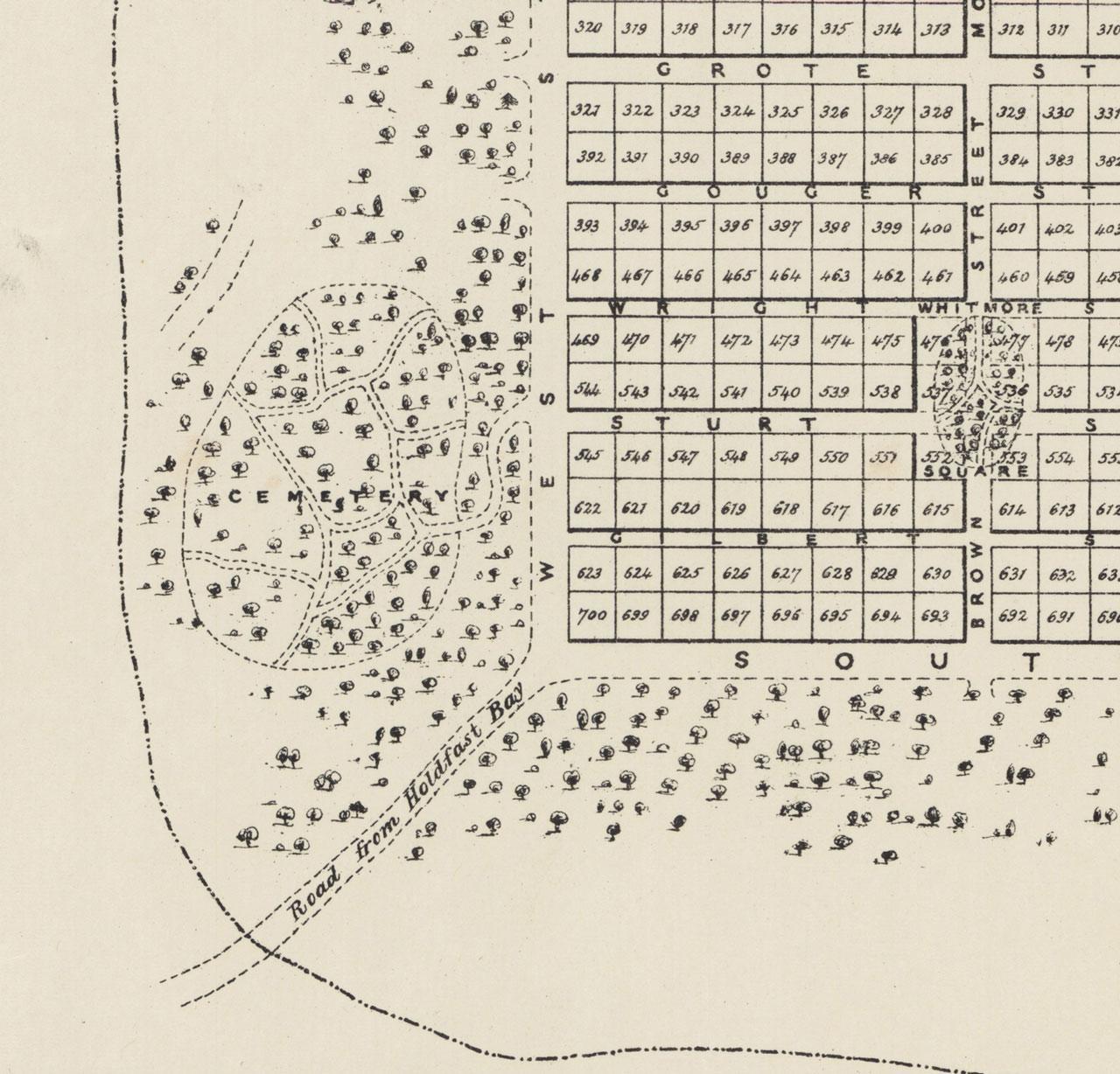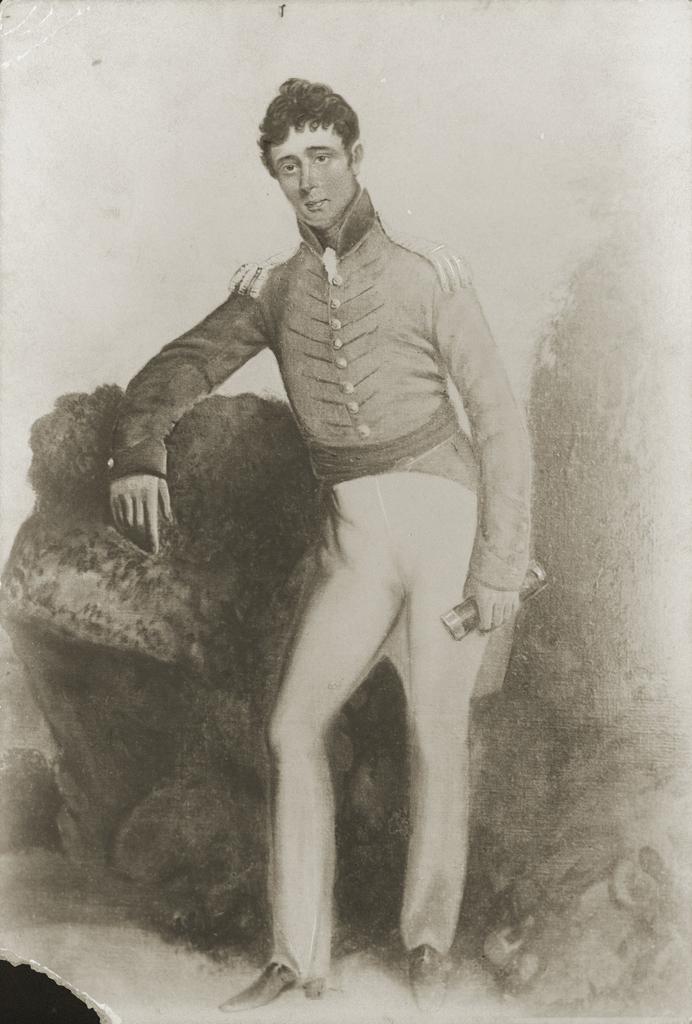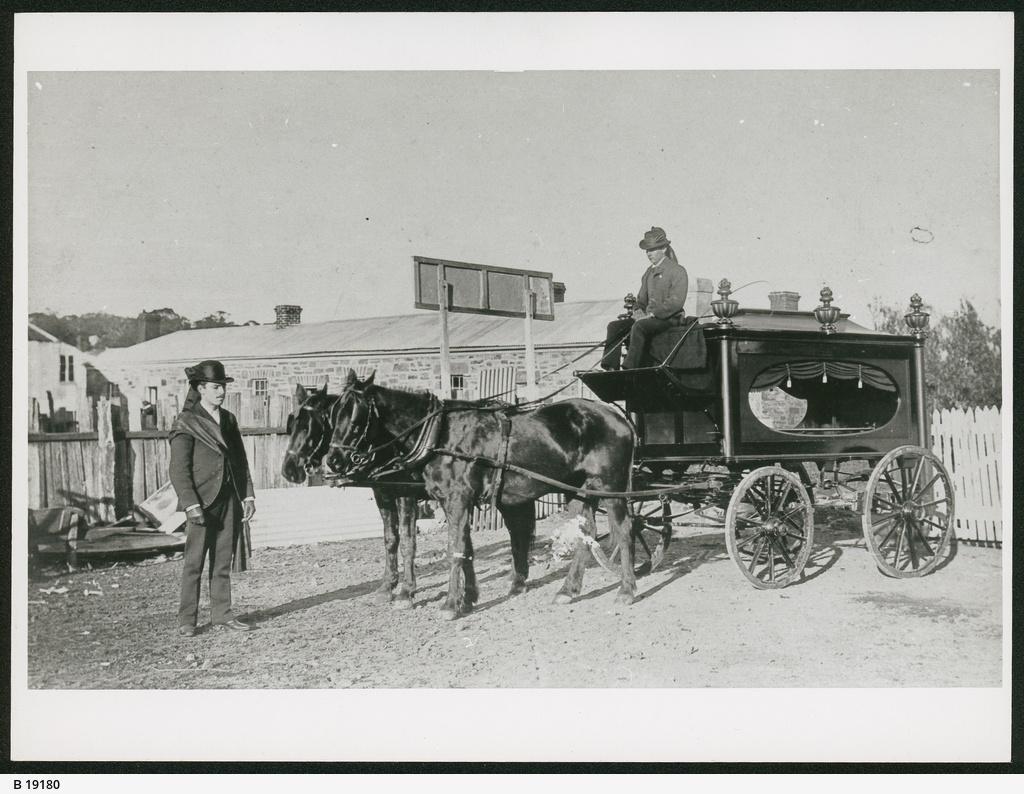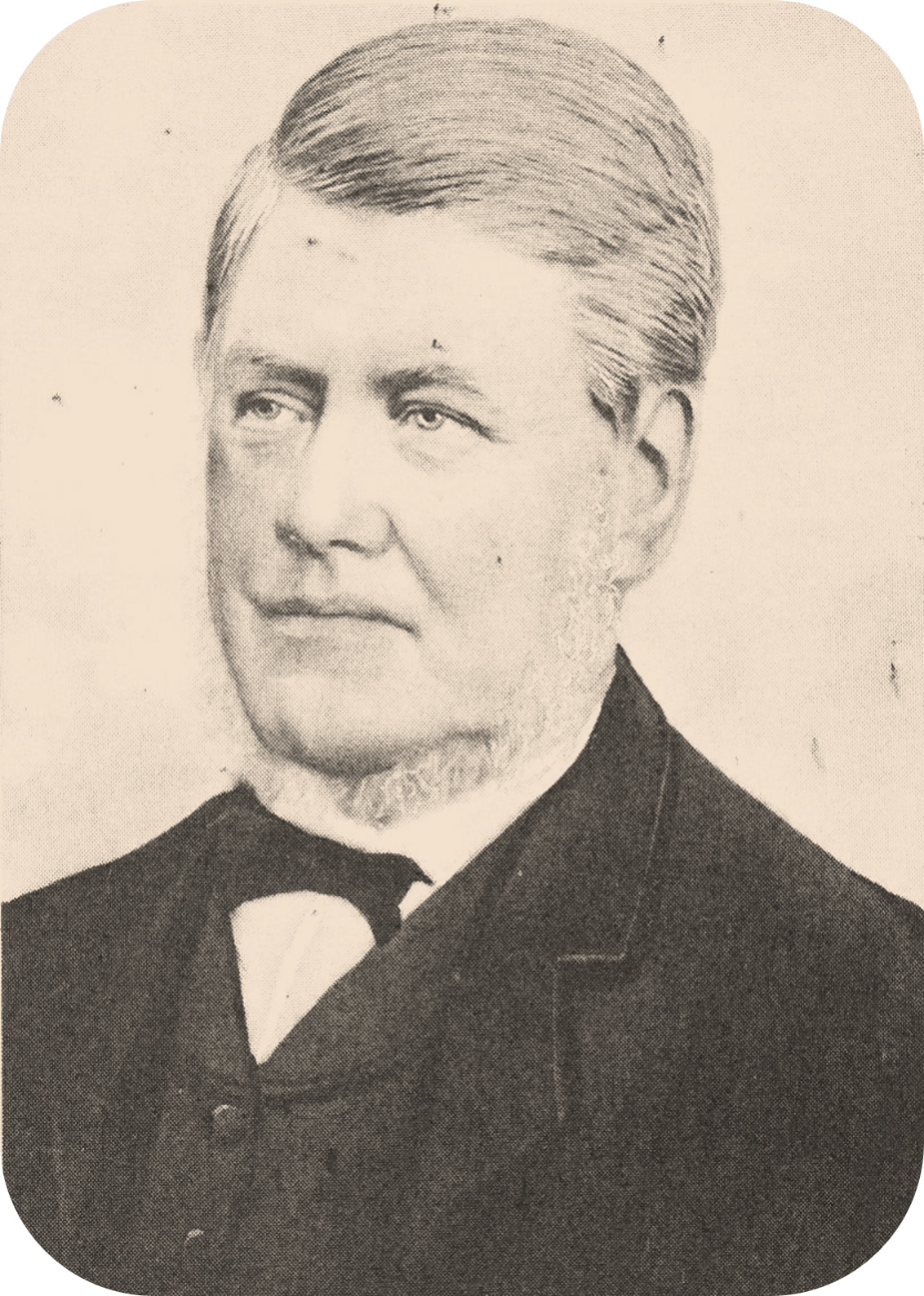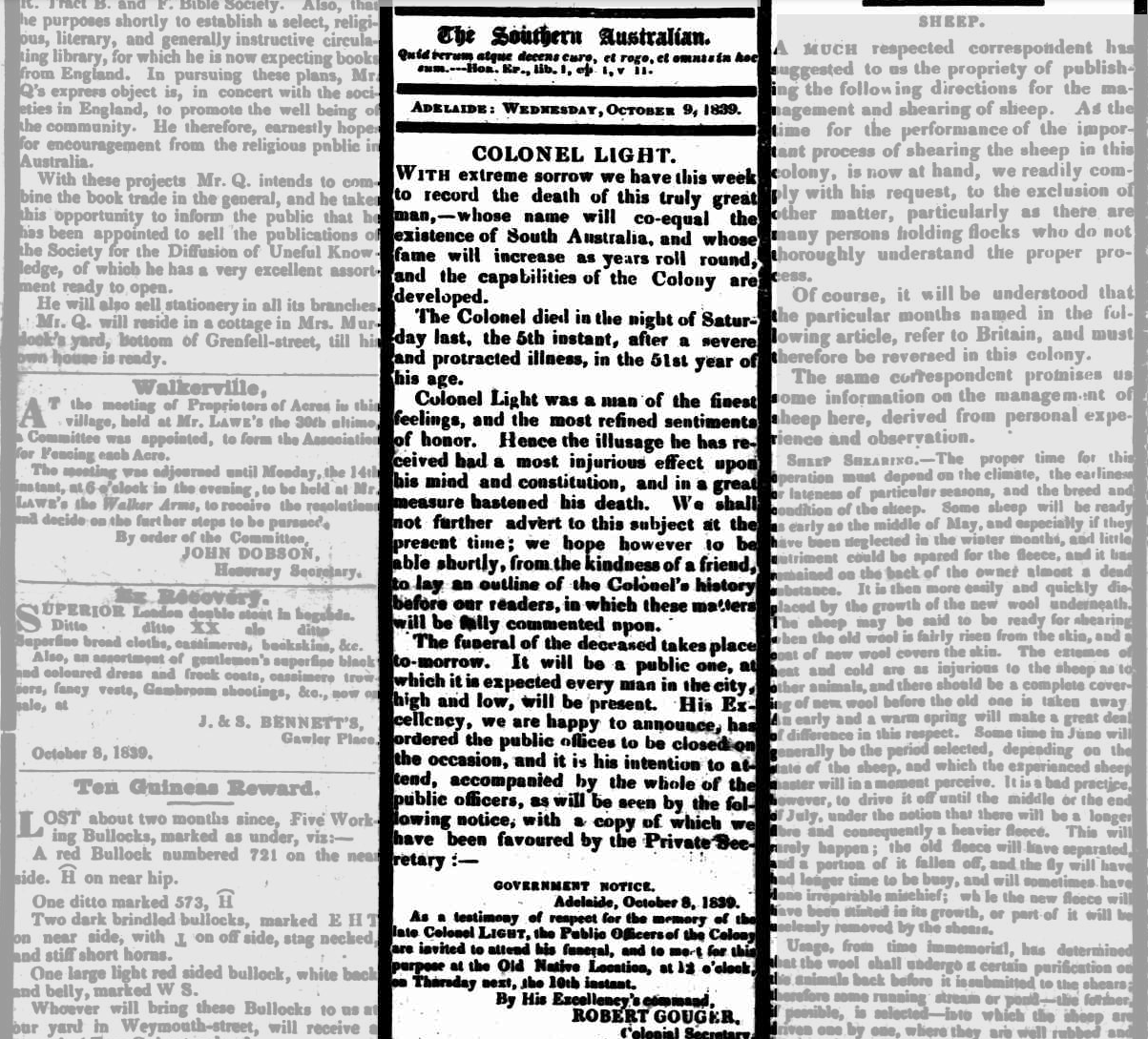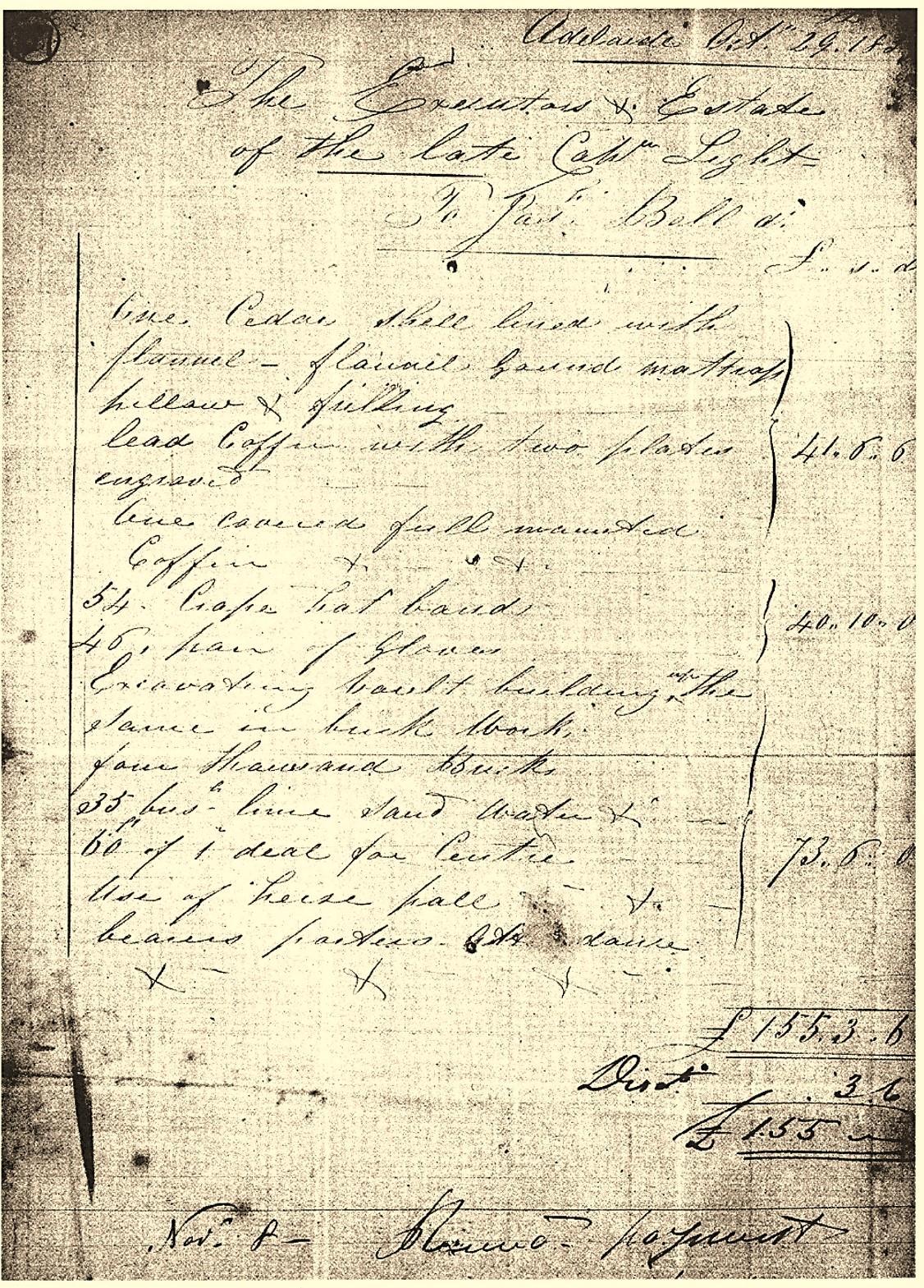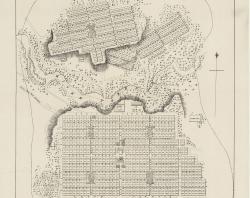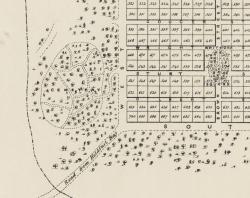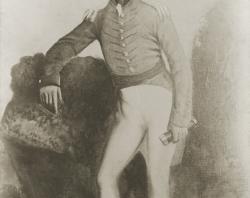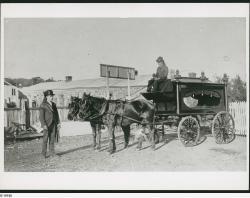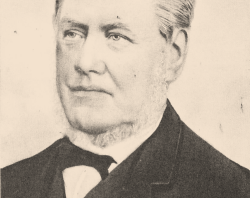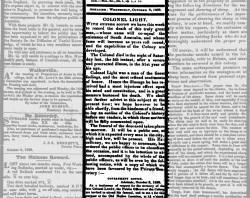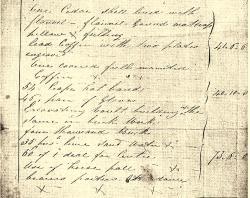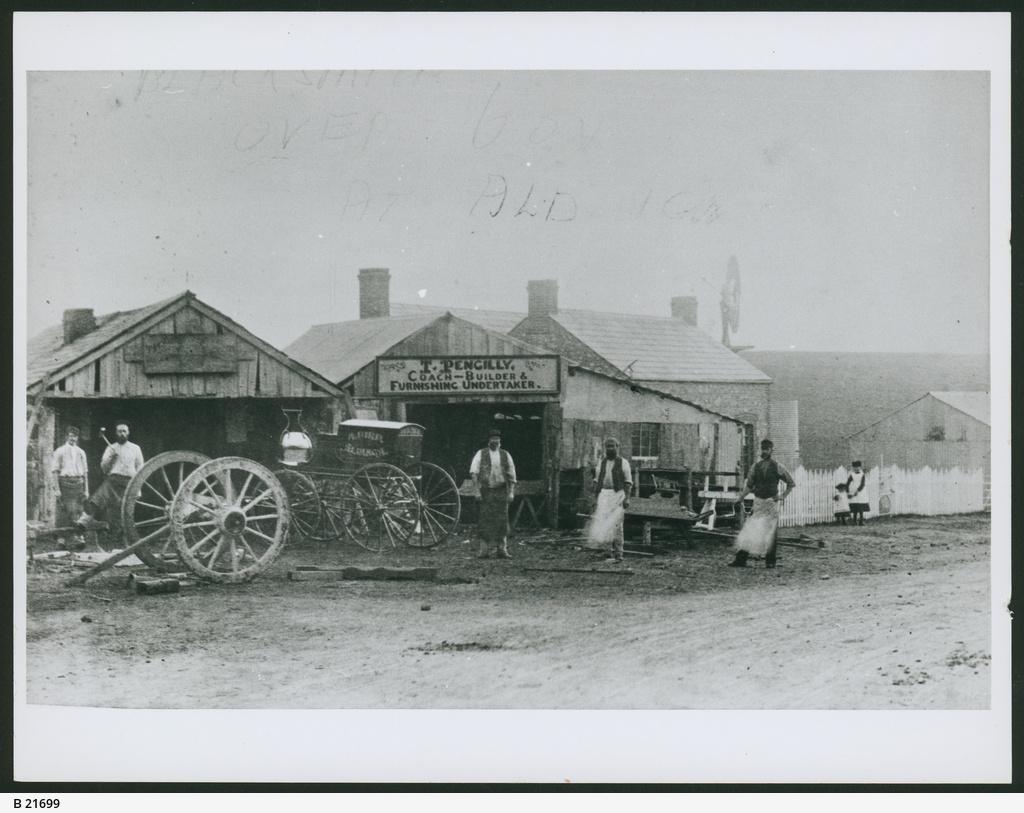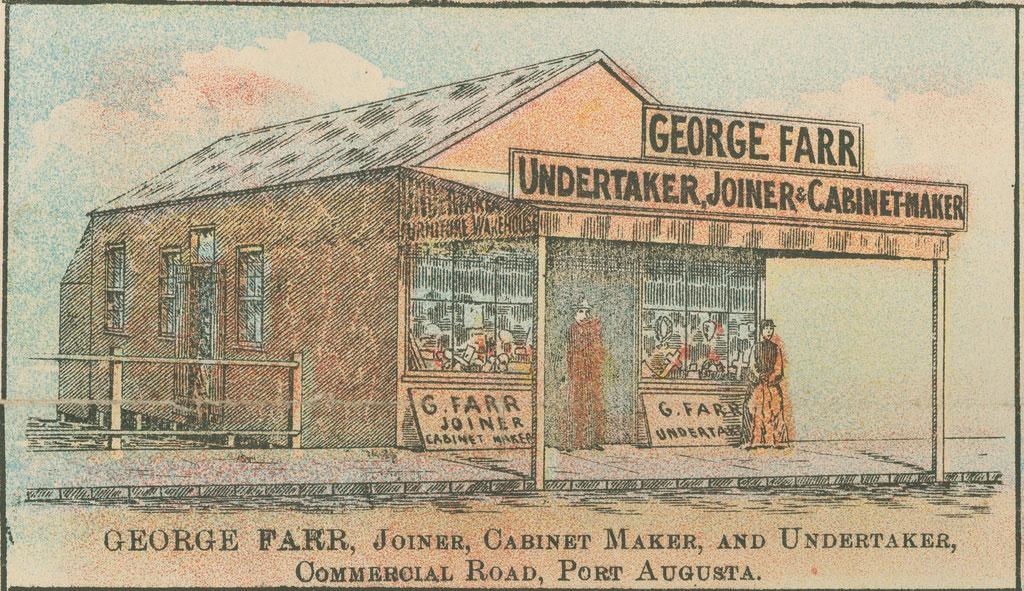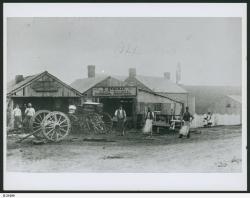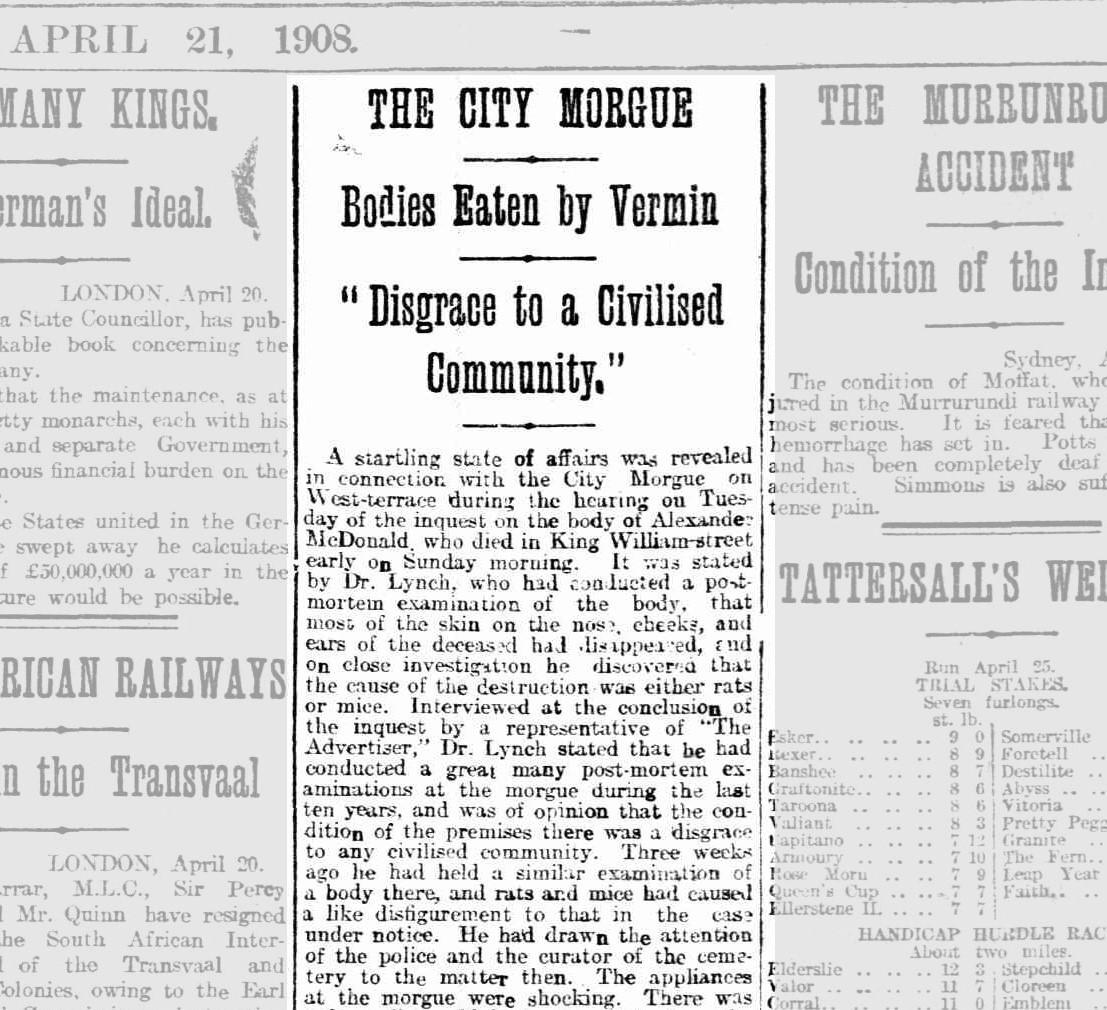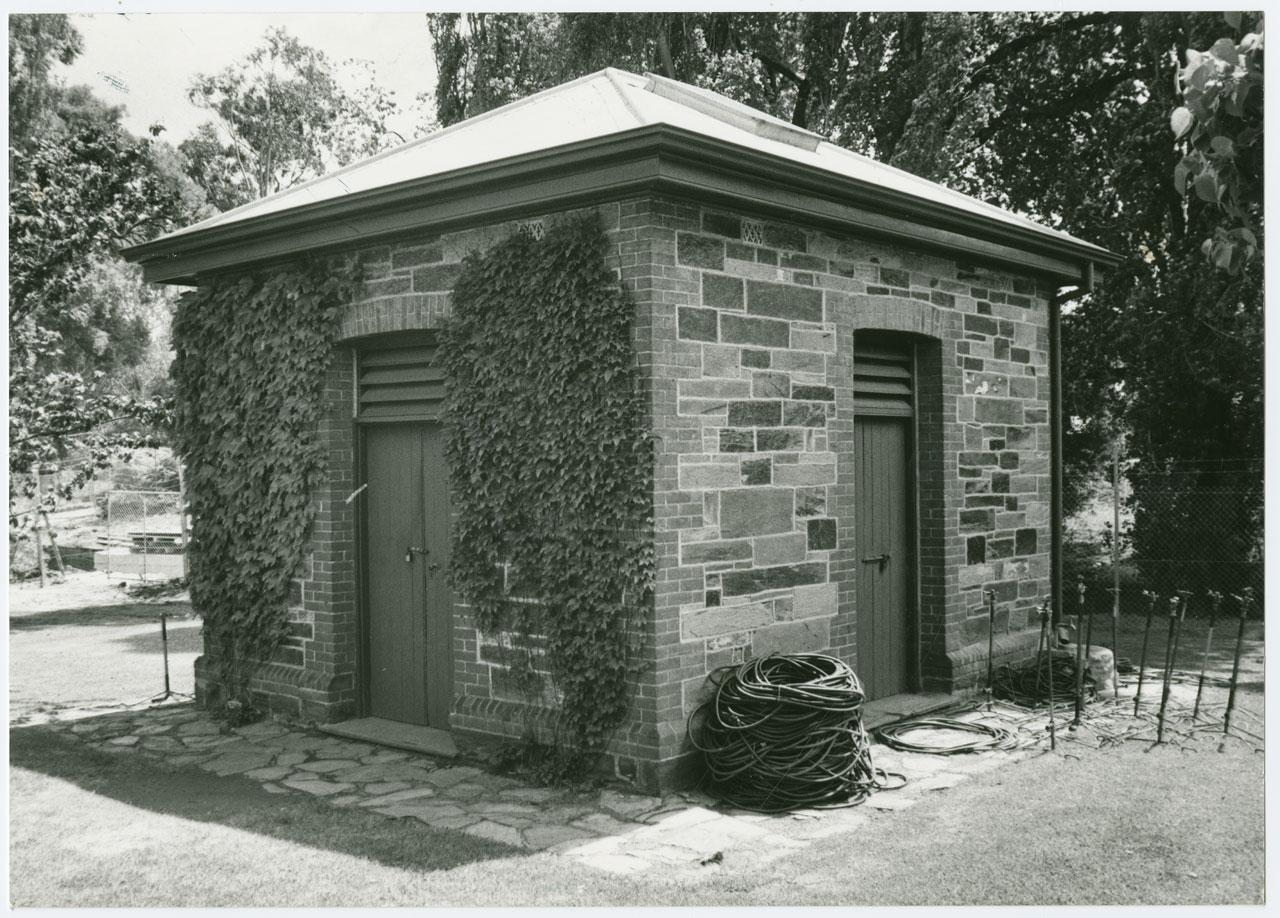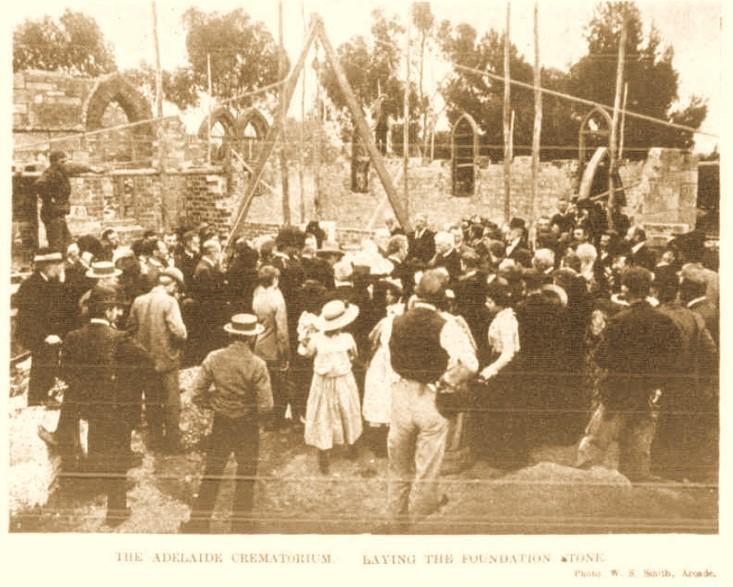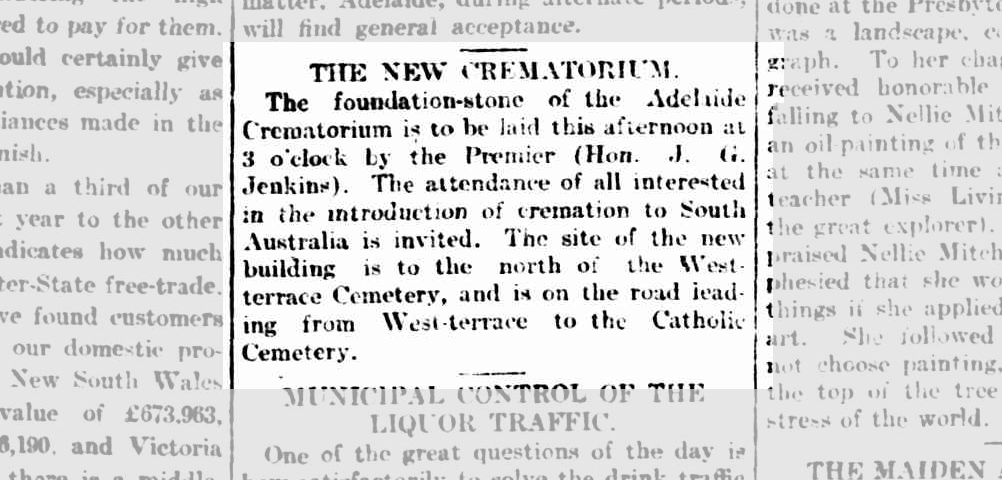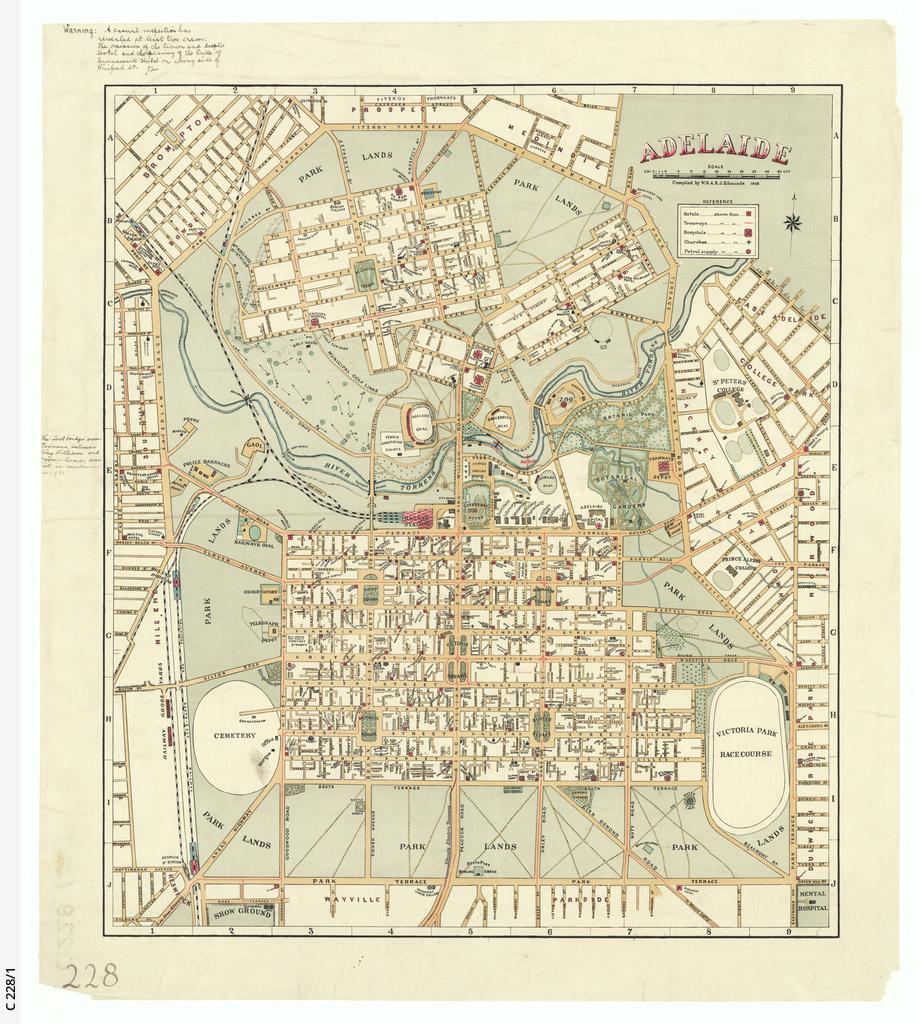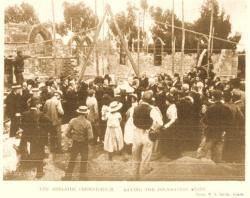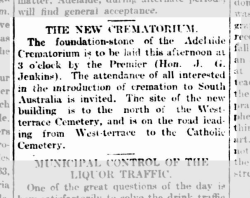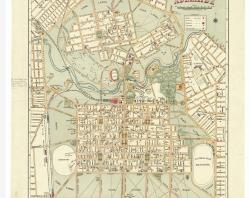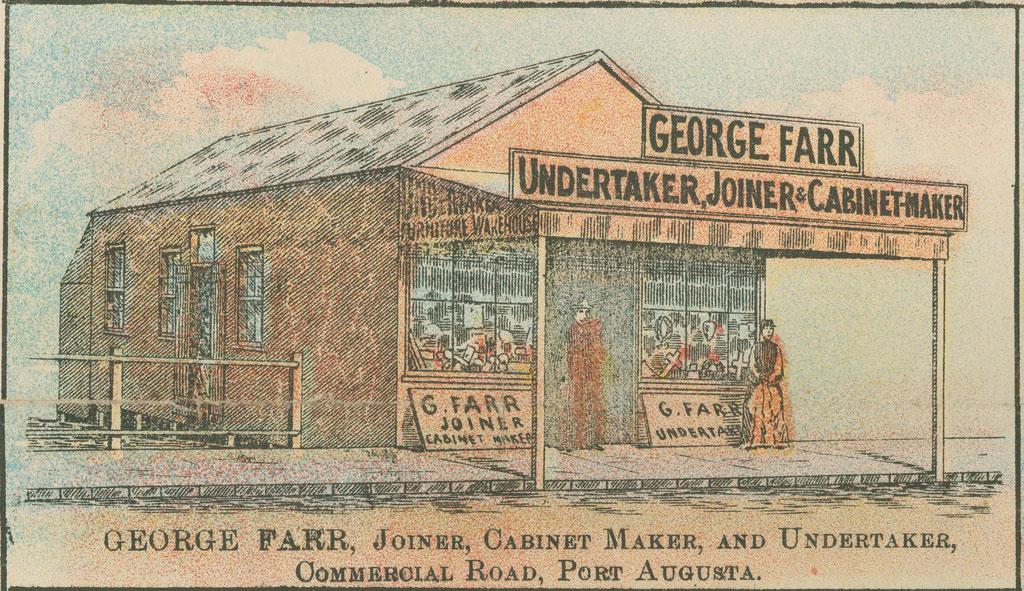
At this time undertaking wasn’t talked about as it was seen as poor form to rely on the misery of others for your income. Instead, a carpenter, furniture maker or builder was given the “undertaking” to make a coffin after death and any business with a horse and cart could be used to carry out a funeral.
In 1854 a 25-year-old Phillip Le Cornu migrated to South Australia from Jersey in the Channel Islands. In 1861 he leased a small shop and stable on O’Connell Street in North Adelaide and started to produce furniture, with a coffin making and undertaking business on the side. Le Cornu’s was until very recently still operating as a furniture store here in Adelaide.

Also in 1854, a morgue or 'dead house' was built at the West Terrace site, but it was plagued by stories of vermin and dirty working conditions, so it was demolished in the late 1920s. If a death was questionable an inquest would be held, but these happened in hotels rather than the morgue because hotels had cool rooms where a body could be stored.
A crematorium opened at the West Terrace cemetery in 1902 and was the first crematorium in the southern hemisphere. For the next 20 years, this was the only crematorium in Australia and accommodated people from all over Australia, before being demolished in 1969.
In 1919 Adelaide witnessed its first motor funeral for Lieutenant Loyal George Cherry who had crashed while attempting to set a motorcycle and sidecar speed record between Adelaide and Melbourne. Turner Motor Funerals capitalised on this interest in motor funerals and although the word ‘motor’ was removed in 1976, Turner funerals still operate in Adelaide today.
More to explore
If you would like to find out more about the undertaking business in South Australia or read about the many interesting people buried in the West Terrace Cemetery, there are some great books in the upstairs general reading area of the State Library of South Australia. Robert Nicol is Adelaide’s premier cemetery historian and has written at least 13 books including the classic ‘At the end of the road’, or you could read Carol Lefevre’s book ‘Quiet city’ which tells stories of the people you can encounter walking in West Terrace Cemetery.
William Light, 1786-1839, Miscellaneous papers
Explore photographs in the collection relating to Undertakers
